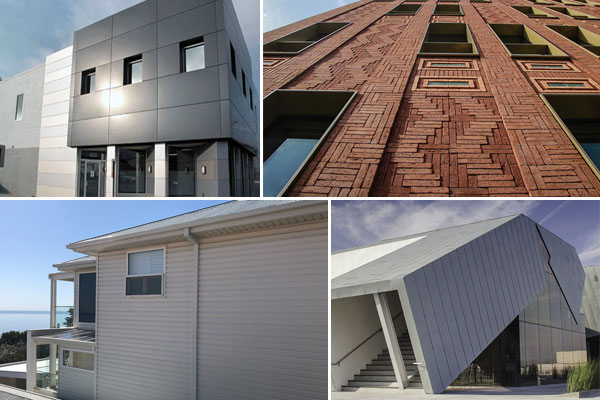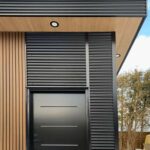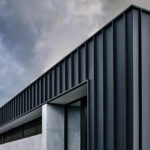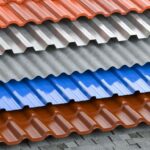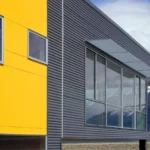What is Cladding?
Cladding refers to the process of covering the exterior surface of a building with a protective layer or material. It serves both functional and aesthetic purposes, providing insulation, weather resistance, and enhancing the appearance of the structure. Types of cladding can be applied to various types of buildings, including residential, commercial, and industrial.
Why is Cladding Important?
Cladding plays a vital role in protecting buildings from external elements such as rain, wind, UV rays, and temperature fluctuations. It acts as a shield, preventing moisture from penetrating the structure and causing damage. Additionally, cladding can enhance energy efficiency by improving insulation, thus reducing heating and cooling costs. Moreover, it allows for creative design options, transforming the visual appeal of a building and contributing to its overall architectural style.
Roles That Use Cladding
Various roles within the construction and design industry utilize types of cladding. Here are some examples:
Architects: Architects incorporate cladding into their designs to achieve specific aesthetic goals and to ensure the building’s exterior is visually appealing and harmonizes with its surroundings.
Construction Contractors: Construction contractors are responsible for installing cladding materials as part of the building envelope. They work closely with architects and other professionals to ensure proper installation and adherence to safety standards.
Building Owners and Developers: Building owners and developers often make decisions regarding the type of cladding to be used based on factors such as cost, durability, maintenance requirements, and aesthetic preferences.
Cladding Manufacturers and Suppliers: These entities produce and supply a wide range of cladding materials, providing options that suit different project requirements. They play a crucial role in offering innovative and sustainable cladding solutions.
Types of Cladding
There are numerous types of cladding available, each with its unique characteristics and suitability for different applications. Here are four common types:
1. Brick Cladding
Brick cladding involves attaching thin layers of brick onto the exterior surface of a building. It provides a classic and timeless appearance, with options for various brick colors, sizes, and patterns. Brick cladding offers durability, fire resistance, and excellent thermal insulation.
2. Wooden Cladding
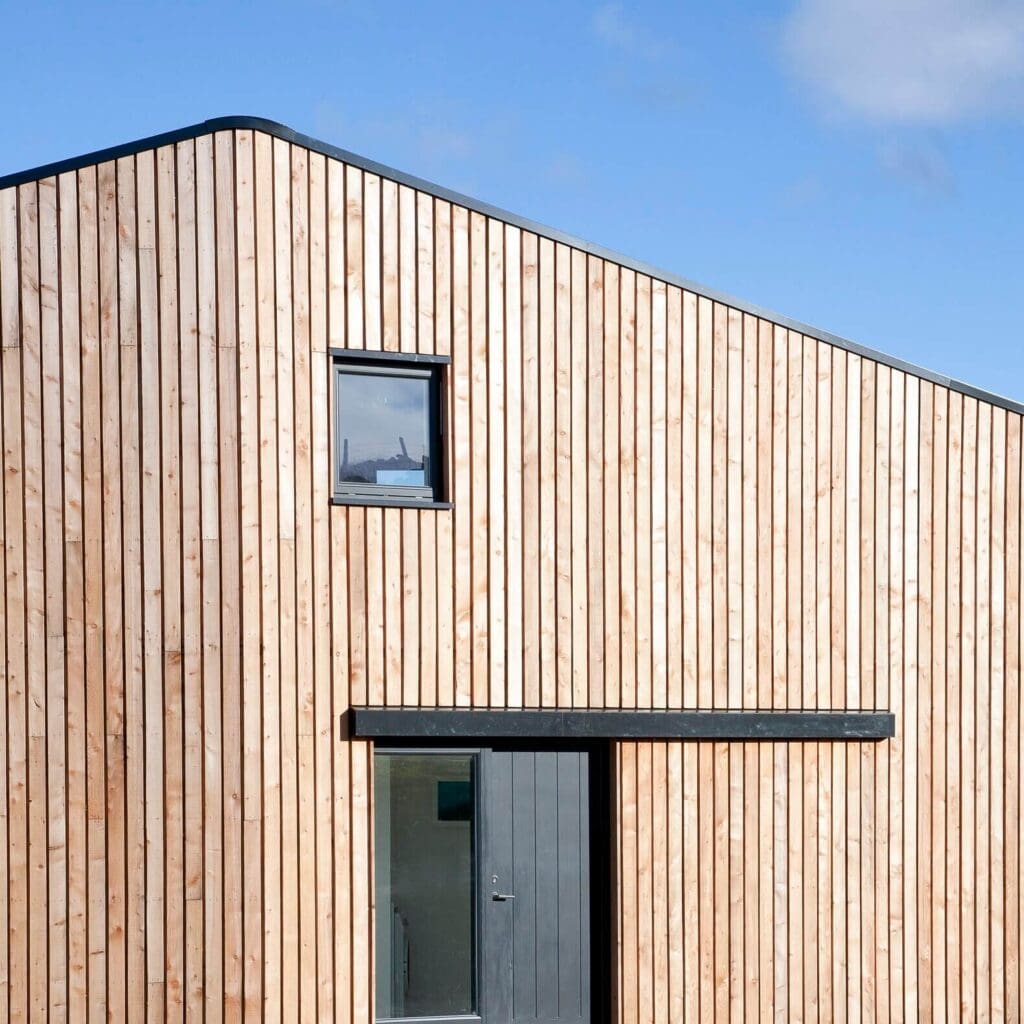
Wooden cladding utilizes natural wood panels or planks to cover the building’s exterior. It offers a warm and organic aesthetic and can be treated to enhance durability and weather resistance. Wooden cladding is often used in residential projects and structures aiming for a natural or rustic appearance.
3. Stone Cladding
Stone cladding involves the application of thin stone veneers or panels to the building’s exterior. It provides a luxurious and elegant look, with options such as marble, granite, limestone, or slate. Stone cladding offers durability, resistance to weathering, and low maintenance requirements.
4. Glass Cladding
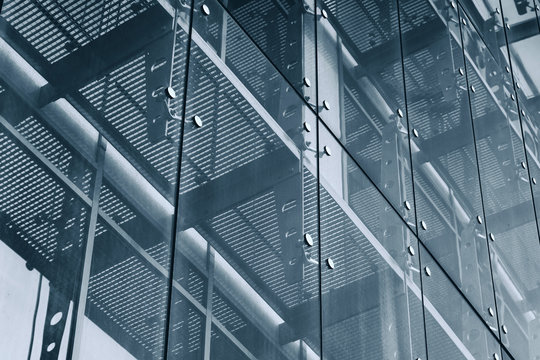
Glass cladding utilizes glass panels or curtain walls to cover the building’s facade. It offers a modern and sleek appearance, allowing abundant natural light into the interior. Glass cladding can enhance energy efficiency, provide sound insulation, and create visually striking architectural designs.
Frequently Asked Questions (FAQs)
What are the Types of Cladding Metal?
Types of Cladding metal options include aluminum, stainless steel, and zinc. These metals are often used due to their durability, corrosion resistance, and aesthetic appeal. Each metal has unique characteristics that make it suitable for specific applications and design preferences.
What Type of Cladding is the Best?
The best type of cladding depends on various factors such as the building’s location, architectural style, budget, and desired performance. Each cladding material has its advantages and considerations. Consulting with architects, contractors, and cladding experts can help determine the most suitable option for a particular project.
What is the Difference Between Facade and Cladding?
Facade refers to the outer face or frontage of a building, including its walls, windows, and doors. Cladding, on the other hand, specifically refers to the material or layer that covers the facade. Cladding is an essential component of the facade, providing protection and contributing to its visual appearance.
What is the Best External Cladding?
The choice of the best external cladding depends on factors such as climate, maintenance requirements, durability, and aesthetic preferences. Some popular options for external cladding include fiber cement, vinyl, brick, stone, and composite materials. Evaluating the specific needs of a project and consulting with project and consulting with professionals can help determine the most suitable choice.
Is Cladding a Wall Finish?
Yes, cladding can be considered a wall finish. It provides a protective and decorative layer on the exterior surface of a building, enhancing its appearance and contributing to the overall design concept. Cladding materials can vary widely, allowing for a range of finishes, textures, and colors to create the desired aesthetic effect.
In conclusion, selecting the appropriate wall cladding necessitates taking into account elements like toughness, upkeep, beauty, price, insulation qualities, environmental impact, and safety. You can choose the cladding that best meets your needs and tastes to improve the look and functioning of your walls by carefully weighing these elements and researching various materials.

